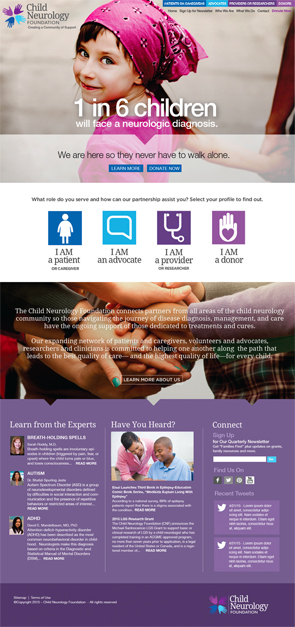
Image Credit: alphaspirit/shutterstock.com
A website provides visitors with a first glimpse of your practice. “Whether you like it or not, people will learn about you and judge you based on your website,” says David Borenstein, MD, MACR, MACP, rheumatologist and partner, Arthritis and Rheumatism Associates, and clinical professor of medicine, Division of Rheumatology, Department of Medicine, The George Washington University Medical Center, Washington, D.C. Use a website to put your best foot forward and set yourself apart from other practices.
A website also contributes to a practice’s credibility. “Potential patients expect professional practices to have a website—and an impressive website at that—and can be wary of practices that do not have at least a basic online presence,” says Gwendolyn Gainer, founder and creative director, Teramark LLC, Frederick and Bethesda, Md.

Ms. Gainer
After all, we now live in a digital age. “Many patients no longer search the Yellow Pages, they go straight to the Internet to find a practice,” says Justin Peng, MD, also a rheumatologist and partner at Arthritis & Rheumatism Associates. In particular, they want to obtain information regarding a physician’s credentials, services, locations and accepted insurances, as well as trustworthy educational and evidence-based information.
Focus on Design Elements
When designing a website, all of the design elements should work seamlessly with the content to take the user’s eye to key messages, Ms. Gainer says. Layouts should avoid clutter, allowing breathing room for clear messaging and imagery.
Choose color palettes carefully, because they can offer insight into a practice’s personality. “Blue is commonly used for healthcare practices, especially for specialists that tend to be more on the conservative side,” says Brenda Brouillette, RN, BS, a consultant with Savvy Marketing Solution and a business development specialist who creates website content and manages digital marketing for Arthritis & Rheumatism Associates in the Washington, D.C., metro area. “Blue represents loyalty, trust and security.”
Use a variety of color tones to provide contrasting vibrancy, but never use more than five different colors in the website palette, advises Ms. Brouillette. “Leave enough white space to allow for effective color design components that are not overbearing,” she continues. “Pages that are too busy are overwhelming and can mask a page’s messages.”

The Child Neurology Foundation focuses on its advocacy, research and educational initiatives, using images of happy children on its website to support its message and create a sense of empathy: http://www.childneurologyfoundation.org.
Website designed by Teramark


